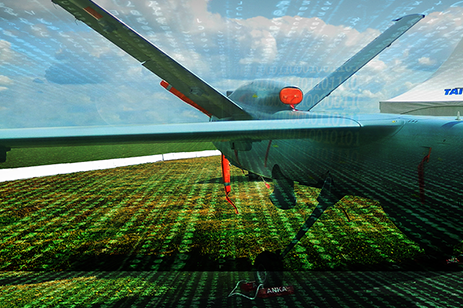
Unmanned Aerial Vehicles (UAVs) have been a significant advancement in military aviation. UAVs can be designed to log extensive continuous flight hours far exceeding the amount that can be requested of a human pilot, thus enabling long-endurance tactical surveillance, reconnaissance, and combat missions to take place day and night, in any weather.
While size, weight, and power (SWaP) constraints are an important consideration for embedded technology on any aircraft, UAV designers are especially concerned with reducing the physical footprint of all onboard systems. For unmanned aircraft intended to fly for 24 to 48 hours straight, every ounce counts toward making fuel supplies last longer, and a higher payload capacity can expand mission capabilities for Signals Intelligence (SIGINT), Satellite Communications (SATCOM), or other demanding applications.
When an obsolete Intel processor chip rendered its current solution end of life, a large systems integrator in the aerospace industry sought a new small form factor mission computer for the Automatic Take-Off and Landing System (ATOLS) on its medium-altitude Long-Endurance (MALE) UAV. Hoping to minimize the cost and complexity of the migration, this customer wished to move to the latest and greatest technology without having to change pinouts or cables on the aircraft.
Ideally, since the platform would be sold globally, including in Europe, the new mission processor solution would also carry a CE Mark, a certification indicating compliance to health, safety, and environmental protection standards required of products sold in the European Economic Area.
Download the case study to learn more.